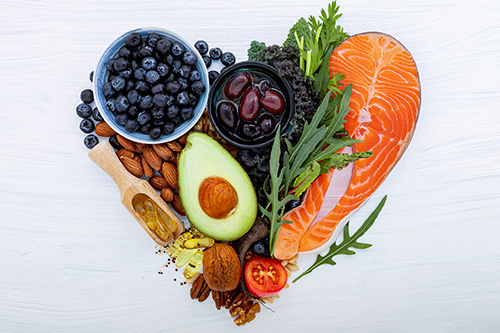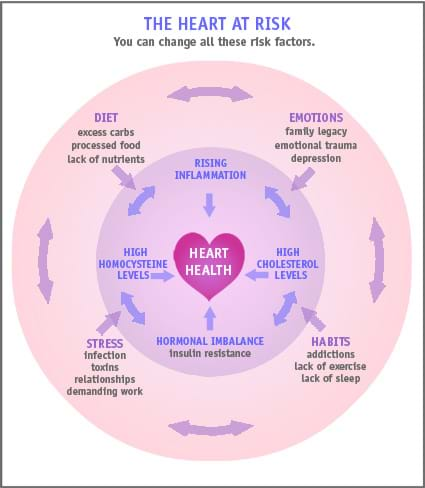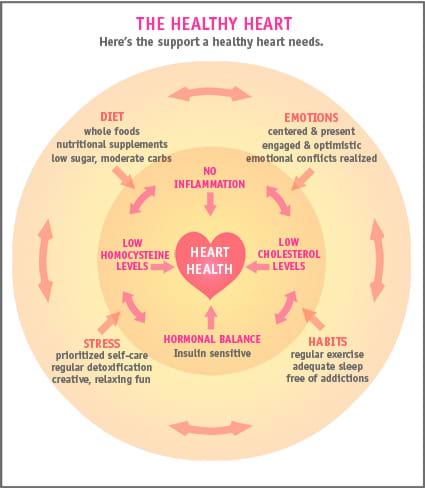A conventional lipid profile consists of four major measurements:
- Total cholesterol
- HDL (high-density lipoprotein, the so-called “good” fraction believed to transport excess cholesterol out of the blood to the liver for disposal)
- LDL (low-density lipoprotein, the so-called “bad” fraction that transports cholesterol from the liver into tissues and organs)
- Triglycerides (comprised of a sugar and fatty acids)

Health practitioners generally recommended that adults have their cholesterol levels tested every five years. If they’re being monitored for high cholesterol or heart disease it may be more frequently.
Many women are concerned about elevated cholesterol. Yet too often the fact is overlooked that all the above subcomponents play a role in metabolism as energy sources and transporters of dietary fat. Cholesterol and fat are essential to every cell in our bodies. For one thing, cholesterol is the precursor to all our steroid hormones. Many conventional practitioners leap to prescribe statin drugs if a patient is outside of the set range for cholesterol. But we think a more holistic approach offers the patient better health in the long run.
A changing perspective
The medical community’s perspective on cholesterol has evolved over the years. Twenty years ago, the focus was on total cholesterol. Then we realized there were two main kinds of cholesterol — HDL and LDL — “good” and “bad” cholesterol. Then scientists found that the ratio of HDL to LDL was what was more important than the numbers themselves. Now there are at least five major groups of lipoproteins, and the concentrations of different-sized LDL particles are used to better determine risk. The bottom line is that you cannot simply label cholesterol in black and white terms. Each type has a role to play in the body, and there are many, many shades of gray.
The following numbers are what most practitioners go by when assessing risk for heart disease, but keep in mind that tracking these numbers is just one way to assess heart health.
Total cholesterol: under 200 mg/dL
HDL cholesterol: over or equal to 40 mg/dL
LDL cholesterol*: under 130 mg/dL
Triglycerides: under 200 mg/dL
*Normal limits for LDL cholesterol vary depending on your risk factors for heart disease.
Family history, nutrition and lifestyle
The current standards on a lipid profile are noted above, but numbers don’t tell the whole story. Be mindful about family history, nutrition, and lifestyle. There are many variables when it comes to cholesterol. And we have more power than you may have been led to believe. Simply changing your diet can substantially improve your cholesterol and lower your triglycerides. There are also herbs and supplemental nutrients like red rice yeast (a natural alternative to Lipitor and other statins) taken with coenzyme Q10 (a natural enzyme found in our cells) that can make a huge difference for some people.
It’s very, very instructive to track your own numbers, to see where they are when you are at your healthiest. These should define your personal ranges. If you see these numbers moving in an upward or downward trend, explore natural options for getting back to your ideal. The best results are generally achieved under the guidance of a qualified healthcare practitioner. But the point is, there are many natural options for lowering the cardiovascular risks associated with inflammation, high LDL, and CRP, and the power to seek them out is yours.










